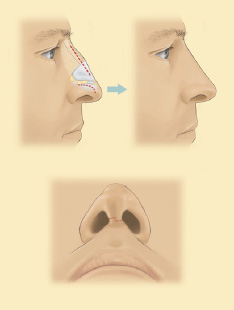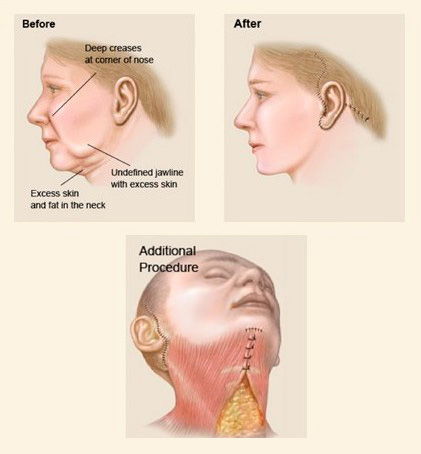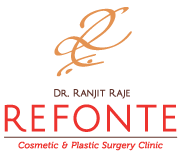
Rhinoplasty
Commonly referred as ‘Nose Job’, Rhinoplasty helps in changing the appearance of the nose or improve breathing or both.
Indication
- Disproportionate nose size in relation to the facial balance
- Wide nose at the bridge and nostrils
- Bumpy nasal profile with visible humps and depressions on the bridge
- Enlarged or bulbous drooping upturned or hooked nasal tip
- Large wide or upturned nostrils
- Nasal asymmetry
Surgical Procedure
Rhinoplasty is performed under local or general anesthesia depending on the requirements of your specific procedure
Appropriate techniques will then be defined and may include
Appropriate techniques will then be defined and may include
- Alteration of the nasal bridge
- Reshaping of the nasal bridge
- Reducing the width or size of the nostrils
- Adjusting the angle between the nose and upper lip
Progress and Healing
- Initial healing may include some swelling, bruising headache and discomfort that can be controlled with medication and cold compresses.
- These are all common conditions.
- You should keep your head elevated at all times until the initial swelling subsides.
- A return to normal activity is possible after 10 to 12 days of the surgery.
- Splint is removed a week after the surgery.
- You may need to use the splint at night for additional week
- Cosmetics can camouflage any residual bruising or redness that remains.
- Healing will continue for several weeks as swelling continues to dissipate and improved appearance begins to become apparent, which may even take a few months.
Blepharoplasty
Cosmetic eyelid surgery, Blepharoplasty is a surgical procedure to improve the appearance of eyelids. It removes excess skin, eliminates bags and restores firmness to the area surrounding the eye making you look rested and alert.
Indication
- Loose or sagging skin that creates folds or hides natural contour of the upper eyelid
- Excess skin that hangs down from the upper eyelid sometimes hampering vision
- Excess fatty deposits that appear as puffiness in the upper eyelids
- Bags under the eye
- Excess skin and fine wrinkles of the lower eyelid
Surgical Procedure
- Procedure is usually done under local anesthesia with sedation.
- Droopy conditions of upper eyelid are corrected by an incision within the normal crease of the upper eyelid. Repositioning of fat deposits tightening of the muscles and tissue and removal of excess skin is done.
- Conditions of the lower eyelid are corrected by an incision just below the lower lash line. Excess skin and fat are removed.
Progress and Healing
- Initial healing may include swelling bruising irritation or dry eye and discomfort that can be controlled with medication.
- Head has to be kept elevated at all times till initial swelling has subsided and wear sunglasses to protect your eyes from bright light and wind.
- Healing of incisions may take 5 to 10 days, the time by which sutures will be removed. Return to work and normal activity by this time is easily possible.
- Cosmetics can camouflage any bruising or redness that remains.


Face Lift
Medically known as Rhytidectomy, a facelift is a surgical procedure to improve visible signs of aging in the face and neck.
Indication
- Sagging in the mid-face
- Deep creases below the lower eyelids
- Deep creases along the nose extending to the corner of the mouth
- Fat that has fallen or is displaced
- Loss of muscle tone in the lower face may create jowls
- Loose skin and excess fatty deposits under the chin and jaw can make even a person of normal weight appear to have a double chin
Rejuvenation procedures may be performed in conjunction with a facelift is brow lift, to correct a sagging or deeply furrowed brow, and eyelid surgery to rejuvenate aging eyes.
Surgical Procedure
Excess of loose skin on the face and neck is removed, lax deeper muscles of the face and neck are tightened, and the remainder skin is stretched and stitched behind the ears to give resultant hidden scars.
Progress and Healing
- One day hospital stay.
- Bruising and swelling settle by 10-12 days
